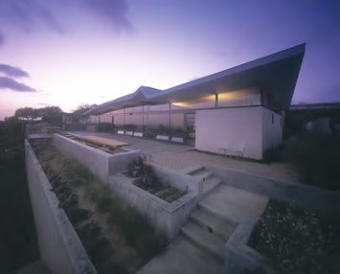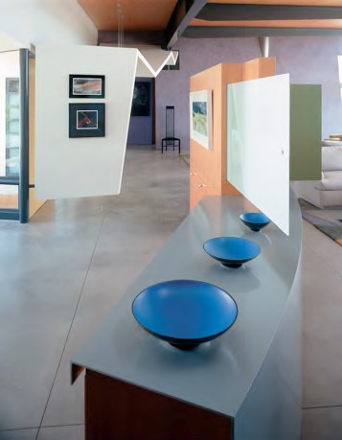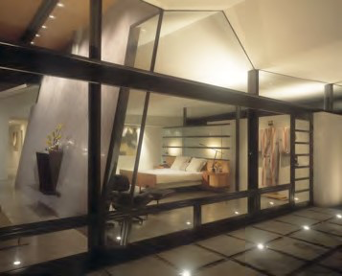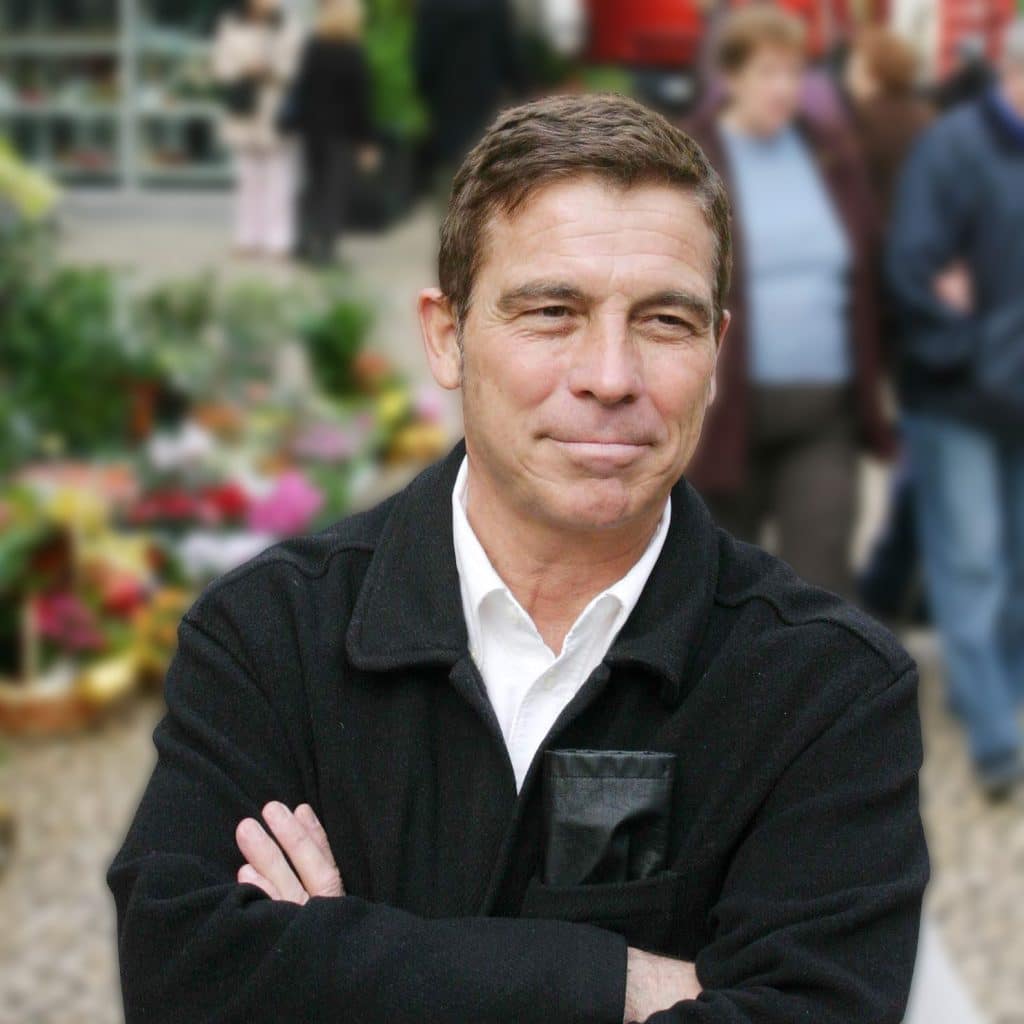Charles Bernstein
charles@mcharlesbernstein.com
www.mcharlesbernstein.com
Introduction
Let me say that outright I am not a scholar. I am a practicing architect. I work almost entirely within the realm of direct experience. I do my best not to be theoretical, even though I will be elucidating the “theory” of my work. Yet I do not even like thinking in concepts such as “the Phenomenology of Architecture”. (I believe theory has, in the design studio, become a limiting force to creating and experiencing the Sacred). So what am I doing at this conference and why am I presenting? Perhaps by the end of my presentation you can offer me some answers.
Putting the functional aside, most architects are motivated to create buildings and/or places of beauty and distinction – worthy goals. I have always felt there was more. I wanted more. I needed more.
One of my earliest spiritual experiences was architectural – at Penn Station’s Grand Waiting Room. It was not until many years later, after beginning my professional career, that out of despair, I became seriously and directly involved in spiritual practice. Later on I began my search to at least reflect, if not imbue my work with a sense of something more. So in addition to being motivated to create beauty and distinction, I added Presence. At first I thought this possible. I have come to realize the futility of attempting to ‘create’ Presence, or Mystery, or even the sense of It. I came to realize that I had had to get out of my own way and allow It to inhabit the physical form. Similarly while I was uncomfortable formulating a theory, a simple but profound ‘thought formulation’ developed as if by its own volition. It thus became a gift of understanding how I did what I did.
This ‘thought formulation’, has come by way of a dance between my spiritual practice and my architectural practice. More and more they are becoming one. Often, and certainly in the beginning, the impulse to bring Presence into my work was done without any real idea of how to do it. As I began to feel some degree of success I would ask myself how I had achieved this. Consciously or unconsciously, what did I do? Could I understand it in simple terms? Upon reflection a few ideas began to settle into my consciousness. Relating these principles to one another was metaphorically similar to giving order to my building designs.
Quite a few years ago I coined the phrase “the Qualities of Things Unseen”. This is almost synonymous with the ACS White Paper reference to William James’s definition of ‘generic religion or spirituality’ as”the attempt to be in harmony with the unseen order of things”. This is exactly what I have been attempting to do in my work.
Differentiation
Life as we know it takes place through the process of differentiation.
“In the beginning The Light was separatedfrom the darkness.” The One became Two. The Creator differentiated Himself. He did it through division. We say to get two you add one plus one. In ancient times, arithmetic was conceived and taught differently: to get two you take One and divided it. Thought in the pre-modern world always related everything to Unity.
Through differentiation other principles of Order come into Being:
Balance Hierarchy
Complexity
Balance is experienced when each part is related to every other part and to the Whole at the same time. The Greeks called this relationship Symmetry, not to be confused with the special case of bilateral symmetry. This type of relationship evokes a sense of harmony, as everything is in relationship to everything else.
Hierarchy
is the natural order of things. Evolution occurs through this specific process of differentiation. It is often said that that the Whole is greater than the sum of Its Parts. The human body, the Anthropos being the prime example – from the smallest parts, then the cell, through more complex systems of organization to the great Whole of the body itself, each part/system hierarchically related to one anther This order can be seen in nature and all cultures This is the primal relationship between things – in time, space, or even human consciousness. When perceived we experience it as harmonious. It is Proportional. It is how things belong to one another, how a thing can be at once itself and part of something greater.
Complexity
Nature as it evolves moves towards complexity or an increase in Depth. In contrast we are now aware of the opposite trend of modern life in which Mankind is systematically destroying the ecosphere through the elimination of species, which is a process of simplification. Complexity is always perceived as simple because the parts are interconnected. The Whole can be perceived or felt. It requires very little interpretation. It is both cyclical and has direction.In contrast, complication is never perceived as simple because the parts are discontinuously related, the Whole is difficult to understand. It moves linearly and lacks proportion, balance, symmetry.
Visual Presentation
I see each project as an opportunity to build a mirror, even in the smallest way, of the Soul, to evoke the Qualities of Things Unseen. When successful one experiences a true Sense of Place or as I prefer to call it, Presence.
Building type, in of itself, does not determine the power of Presence. I am going to show a few images of the University of Santa Monica, a renowned School of Spiritual Psychology, but focus more on in the Uyemura House. Both were designed and built at the same time. Both are my first realization of Presence in Architecture. Thousands have experienced USM. Perhaps only dozens have experienced the Uyemura House. Yet the house demonstrates greater differentiation and a richer harmonic integration of balance, hierarchy and complexity.
Through the ordering of
Light
Color Material Scale
Proportion
I search for and elicit the uniqueness inherent within every design seeking realization.
I view every connection, every joint, and every part large and small, in relation to each other and to the whole such that the each building is integral and complete.
Everything that can be expressed or given form is done so.
Intentionally all compositions seek a balance of apparent dualities
Universal / Particular
Still /Dynamic
Precision / Vagueness
Rational / Poetic
Technological / Natural Visual / Somatic
Examples of Differentiation through Balance / Hierarchy and Complexity
Uyemura
University of Santa Monica
Medley on LIGHT
Uyemura House



I contend that the Sacred becomes present to us when the field of sensation is integrated and charged through Balance, Hierarchy & Complexity. It is through the process of identification with these aspects of differentiation existing within us, that we re-cognize them. This then is one way to open the door to those “moments of Silence”.



